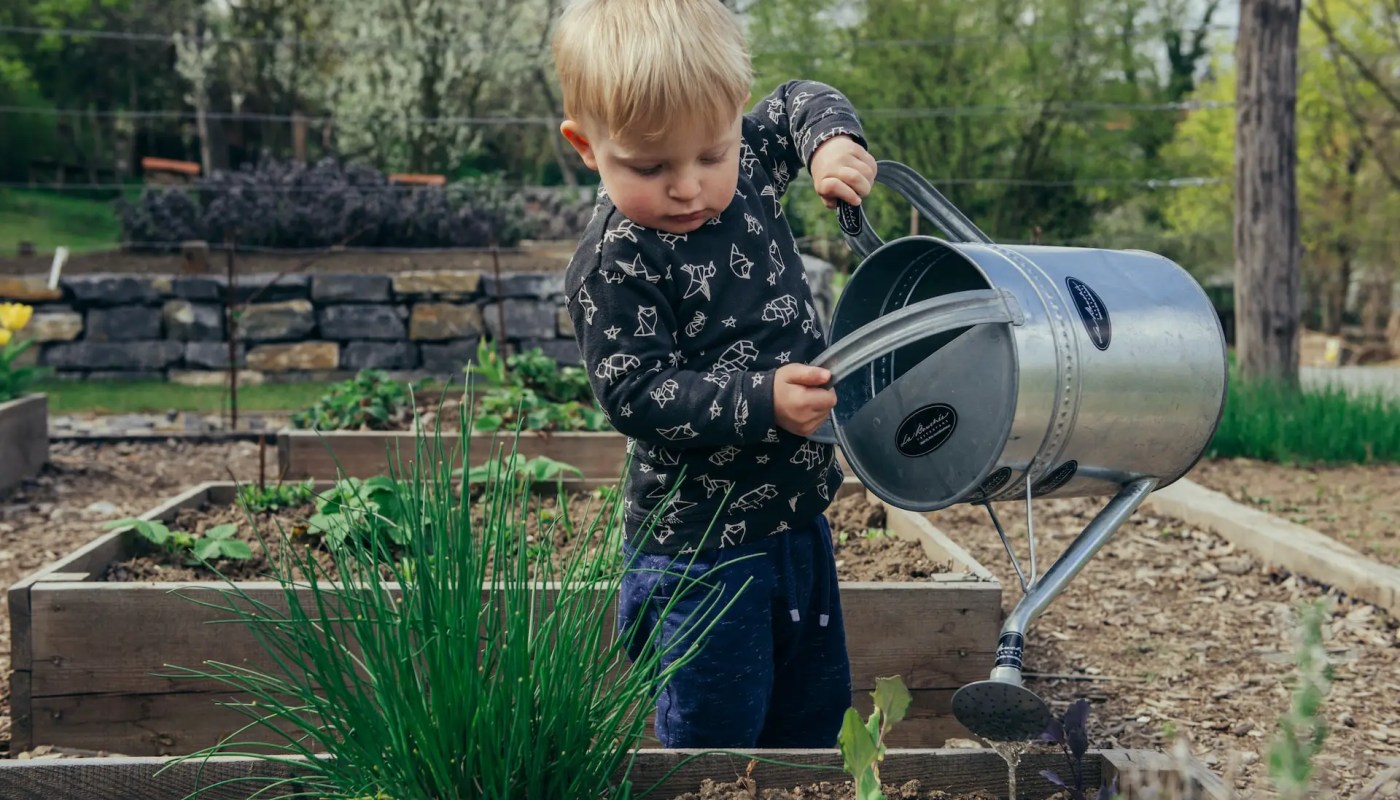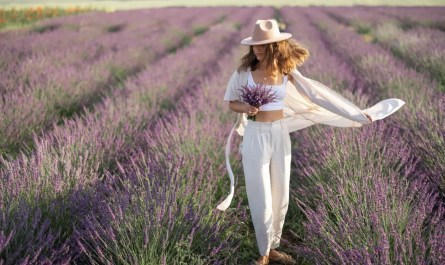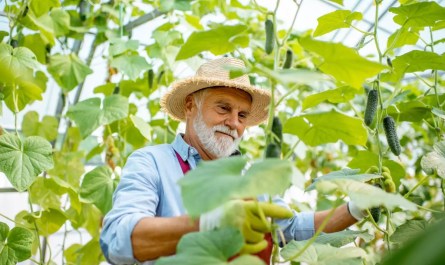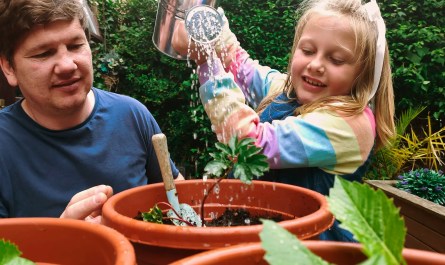Creating edible landscaping in Michigan can be a rewarding way to combine visual appeal with sustainability, despite the region’s climate challenges. By understanding the unique weather patterns and carefully choosing plant selections, you can design a beautiful and productive edible garden that thrives in Michigan’s unpredictable conditions.
Edible landscaping is the latest trend among homeowners looking to embrace sustainability and eco-sensitivity. The concept aims to connect the aesthetics and visual appeal of traditional landscaping with the practicality of growing food. Unfortunately, Michigan’s climate presents various challenges for edible landscaping, requiring certain techniques and plant selections to work.
What We Will Cover

While it can be fairly challenging, it is still very much possible to grow a variety of different fruits, vegetables, and herbs in your yard in Michigan. So, if you’re up to the task, in this article, we will cover the various challenges that come with gardening in Michigan, along with a slew of tips, tricks, and best practices to help you overcome the same without having to spend too much time or money.
Understanding Michigan’s Climate Challenges
The Great Lake State’s cold winters, hot summers, and largely unpredictable spring present unique challenges for gardens, especially for those who want to venture beyond the traditional green lawns.
To make matters worse, the aforementioned great lakes give rise to cooler temperatures, accompanied by high humidity levels, making certain crops difficult to grow, requiring additional inputs and planning to get right.
Getting Started With An Edible Garden In Michigan
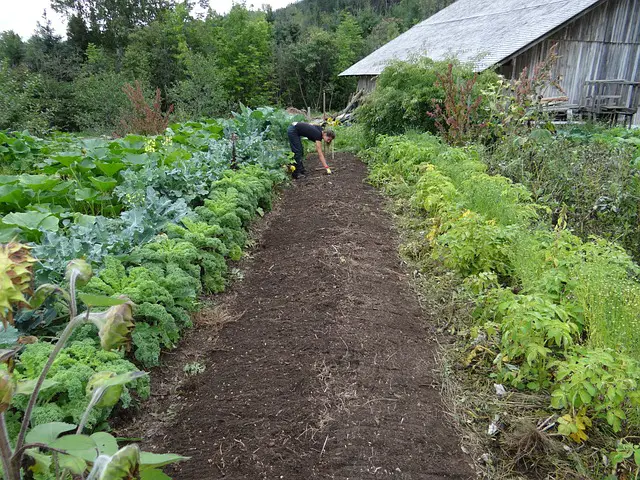
However, Michigan has plenty of edible gardens and hundreds of thousands of acres of farmland where farmers have successfully grown crops for centuries. If you are committed to it, the tips and best practices will ensure you see good results.
Plant Selections – Choosing The Right Crops
Given the volatile nature of the macro climate in Michigan, it is best to choose crops or plants that are known to thrive in a broad range of environments. Beyond the local climatic conditions, it is also critical to consider the soil quality.
With this, the best crops to include in your yard are apples, blueberries, kale, tomatoes, and a wide range of herbs. These crops have a significant presence throughout the state, and if you can ensure they are disease-resistant and source them from a local nursery, you are good to go.
Garden Design Of Your Landscape
A lot of thought goes into the design and layouts of gardens, particularly in volatile climatic conditions. Whether it is to maximize sunlight, or limit exposure, absorb moisture, or protect crops from excess, everything can be controlled with the right layout and design.
The key considerations in this regard include Sunlight, water, soil, and companions, that is, other plants and trees surrounding your new plantations. For example, Marigolds are known for repelling pests while improving soil health, making them perfect companions for vegetable plantations.
Maintenance
After planting your crops comes the hard part, maintaining them throughout different seasons and conditions while ensuring a healthy and productive garden. Pay attention to the basics here, with regular watering, especially during the initial days, followed by the regular application of organic fertilizer or compost to supply sufficient nutrients.
Keep in mind that the inputs vary depending on external factors, and gardening in response to external conditions is a deep and thorough science that often requires extensive study.
Extend Your Growing Season
Consider the use of cold frames, greenhouses, or other protective structures to extend the growing season and protect delicate plants from extreme weather conditions.
Video: Edible Landscaping – Northern Michigan Wild Edibles
Three wild and edible plants in Michigan
Wild Leeks (Allium tricoccum): Also known as ramps, wild leeks are native to Michigan and can be found in rich, moist, deciduous forests. They are perennial plant that emerges in early spring, with leaves that resemble lily of the valley. Wild leeks have a strong garlic-onion flavor, and both their leaves and bulbs can be eaten raw or cooked. They are popular in a variety of dishes, such as salads, soups, and stir-fries.
Stinging Nettle (Urtica dioica): Stinging nettle is a perennial plant found in damp, nitrogen-rich soil throughout Michigan. It is characterized by its serrated leaves and tiny, stinging hairs on the stem and leaves. Despite their sting, nettles are edible and highly nutritious, containing vitamins, minerals, and proteins. Young nettles can be cooked like spinach or used to make teas, soups, or pesto. Cooking or drying the plant neutralizes the stinging hairs, making it safe to eat.
Common Milkweed (Asclepias syriaca): Milkweed is a perennial plant native to Michigan, commonly found in fields, meadows, and along roadsides. It is characterized by its large, oval leaves and clusters of pink or purple flowers. Milkweed is best known for being the primary food source for monarch butterfly larvae, but it is also an edible plant. Young shoots, flower buds, and immature seed pods can be consumed after boiling them in water to remove the bitter taste and potential toxins. Milkweed can be used in stir-fries, casseroles, and even pickled dishes. Always ensure proper identification and preparation before consuming any wild plants.
Final Thoughts About Edible Landscaping In Michigan
By having a beautiful edible out front, homeowners gain more than just a steady supply of healthy fruits and vegetables, it also stands to fundamentally enhance the curb appeal of your property. If you’re planning to get a mortgage loan now to unlock your home equity via a line of credit, make sure to keep an attractive garden ready to further enhance your valuations.

